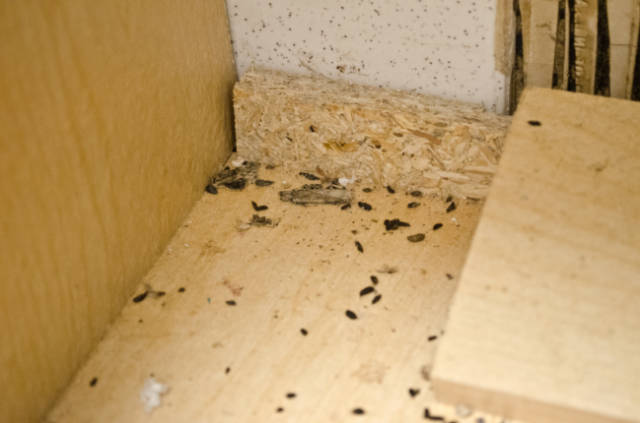Mice are smart and inventive animals that can get into homes through small cracks and holes. With their lower levels and hidden spots, basements are often the perfect place for these nighttime intruders to get in. It’s important for homes to know how mice get into basements so they can take steps to keep these unwelcome visitors away. In this piece, we’ll talk about the different ways mice get into basements and how to keep them out.
Points where mice can get in
Mice can fit through spaces as small as a dime. Cracks and holes form in basement walls and supports over time, making it easy for mice to get in.
Pipes, electrical wires, and utility lines that go through the walls of a basement may have spaces around them that mice could use to get in.
Windows and Doors: Mice can get in through basement windows and doors that aren’t well sealed or have weather stripping that is broken.
Vents and Ducts: Mice can get in through vents and ducts on the outside, especially if they don’t have proper covers or screens.
Sump Pump Drains: Mice can get into the basement by following drainpipes or sump pump lines, which are hidden paths.
Bulkheads and Cellar Doors: Mice can easily get into basements through bulkheads and cellar doors that aren’t sealed well.
How mice find holes with their senses
Mice have good senses that help them find possible ways to get into basements:
Mice have a very good sense of smell and can find food, water, and protection by smelling them. They can be drawn inside by the smell of food or trash in the basement.
Touch: Their whiskers, which are around their noses, are sensitive to movements and changes in airflow, which helps them find their way in dark and tight places.
Hearing: Mice have good hearing and can pick up on sounds like water dripping or weak scratching, which could be signs of openings.
How to Keep Mice from Coming into Basements
To stop mice from getting into basements, people should take the following precautions:
Seal Cracks and Gaps: Look for cracks and gaps in the walls, floors, and supports of the basement. Caulk, expanding foam, or other suitable seals can be used to close up these holes.
Install Door Sweeps: Put door sweeps on the bottom of basement doors to make a tight seal and keep mice from getting in through the bottom gaps.
Add weatherstripping to basement windows to keep mice out.
Cover Vents and Ducts: Put fine mesh screens or covers over outdoor vents and ducts to keep mice from using them as entry points.
Sump Pump Maintenance: Check the sump pump drains and lines often to make sure they are in good shape and mice can’t get in.
Keep Basement Clean: Keep the basement clean and free of spills, crumbs, and leftover water to remove food and water sources.
How to Store Things: To keep mice from eating through cardboard boxes or bags, store things in plastic or metal cases with tight lids.
Trim Plants: Keep plants and shrubs away from the house’s base. Mice can use branches that hang over the ground as paths.
Mice can get into basements through many different ways. They can use even the smallest cracks and holes to get in. Homeowners need to check their basements carefully for possible entry spots and take preventative steps to keep these people out. Mice are less likely to live in basements where there is regular upkeep, good sealing, and careful cleaning. By knowing how mice get into basements and taking steps to keep them out, homeowners can keep their homes free of pests and safe from these smart and persistent animals.



